Most Popular Nicotine Pouches: A Comprehensive B2B Purchasing Guide
As the nicotine alternatives market continues to expand, nicotine pouches have emerged as one of the most in-demand product segments for wholesalers, retailers, and brand owners. This guide unpacks what makes certain pouches “popular,” compares product options and formats, and provides clear guidance for sourcing and supplier engagement—all tailored to B2B decision-makers navigating this fast-moving category.
The Rise of Nicotine Pouches in the Global Market
Nicotine pouches are redefining how nicotine is consumed. With no tobacco leaf content, odor, or smoke, these discreet, spit-free products appeal to health-conscious consumers and regulators alike. Their popularity spans North America and Europe, with fast-growing interest in regions like Southeast Asia and the Middle East.
From a business perspective, this rise translates into strong demand for both branded and private-label nicotine pouch products. Whether you’re launching a new line or expanding your existing portfolio, understanding this segment’s key dynamics is essential.
Why Businesses Are Investing:
-
Consistent year-over-year category growth (10%+ CAGR).
-
Consumer interest in harm reduction and clean-label alternatives.
-
Private label and OEM opportunities with low production MOQs.
-
Versatile distribution across C-stores, e-commerce, and specialty outlets.
Product Types: White Label vs. OEM Nicotine Pouches
Choosing between ready-made solutions and full customization can significantly shape your go-to-market speed and brand strategy.
White Label Nicotine Pouches:
These are pre-formulated, unbranded products that manufacturers offer for rapid market entry. You can add your own branding and packaging without investing in formulation or R&D.
Best for:
-
Startups and smaller brands seeking quick deployment
-
Market testing or trial campaigns
-
Low-risk entry into new regions
OEM Nicotine Pouches:
OEM (Original Equipment Manufacturer) offerings allow full customization—from nicotine levels to flavor development and packaging design. Though more complex, OEM lets you build a differentiated product line.
Best for:
-
Established brands needing full control over formula
-
Businesses with unique target audiences
-
Companies pursuing long-term scalability
Popular Product Traits Across Both Formats:
-
Strength options ranging from 3mg to 12mg
-
Flavor favorites: mint, wintergreen, citrus, berry
-
Portion sizes: mini, slim, and regular
-
Tobacco-free and synthetic nicotine options for regulatory flexibility
Navigating Regional Procurement and Compliance
Regulatory compliance and supplier capabilities vary greatly by region. Understanding local rules and sourcing realities can help you avoid costly setbacks.
United States:
Nicotine pouches fall under FDA oversight. Compliance requires accurate labeling, child-resistant packaging, and clear nicotine content disclosures. U.S. suppliers are generally well-equipped for these requirements and cater to both national and international buyers.
European Union:
EU markets are governed by the Tobacco Products Directive (TPD), which imposes maximum nicotine thresholds and mandates health warnings. Suppliers targeting the EU must be proficient in TPD-compliant production and registration.
Asia-Pacific:
China is a major OEM production hub, offering competitive pricing and large-scale capacity. However, due diligence around export readiness, documentation, and formulation transparency is critical when dealing with Asia-based manufacturers.
What Drives Costs in Bulk Nicotine Pouch Procurement?
Understanding cost drivers in pouch production helps you evaluate supplier quotes and budget effectively.
Core Cost Factors:
-
Nicotine Source: Synthetic nicotine typically costs more than tobacco-derived types but may offer broader legal access and cleaner branding.
-
Base Material and Fillers: Hydrating agents and plant-based carriers influence pouch texture and mouthfeel.
-
Flavoring and Enhancements: Complex or custom flavor profiles raise formulation costs.
-
Production Equipment: High-speed pouch machines increase efficiency but come at a setup premium—especially in OEM projects.
-
Packaging Design: Premium packaging boosts shelf appeal but may inflate unit prices.
-
Shipping and Logistics: Costs vary by order volume, destination, and shipping mode (air vs. sea).
A reliable supplier should clearly break down these costs and offer scalability options that align with your growth trajectory.
How to Find and Qualify Nicotine Pouch Suppliers
The supplier you choose will define your product’s consistency, compliance, and commercial success. Here’s a practical workflow to follow:
1. Research the Market
Look for manufacturers with verified capabilities in white label or OEM production. Online directories, trade shows, and direct referrals can help, but narrowing your list to suppliers with nicotine pouch specialization is key.
Example:
SnuffFactory is a trusted nicotine product supplier offering both standard and customized pouch options with transparent pricing and regulatory expertise.
2. Verify Compliance and Experience
Assess the supplier’s experience with your target markets (e.g., FDA in the U.S. or TPD in the EU). Request documentation and client case studies if available.
3. Get Comparative Quotes
Don’t settle for the first offer. Ask for detailed quotes that include formulation specs, MOQ, lead times, and quality assurance practices. You can contact suppliers like SnuffFactory here for tailored quotes.
4. Assess Factory Standards
Ensure the manufacturer uses GMP or ISO-certified facilities. Look for automated lines and modern lab capabilities for flavor and nicotine testing.
OEM vs. White Label: Which is Right for Your Business?
| Criteria | OEM Solution | White Label Option |
|---|---|---|
| Customization Level | Full (flavor, strength, formula) | Limited to branding and packaging |
| Time to Market | Longer (4–12 weeks) | Faster (1–3 weeks) |
| Investment Required | Medium to High | Low to Medium |
| Scalability Potential | High | Moderate |
| Regulatory Burden | Shared responsibility | Supplier manages most compliance |
Final Advice:
Start with white label to test market demand, then transition to OEM for long-term differentiation and margin growth.
Ordering Process: From Trial Runs to Bulk Orders
Successful sourcing doesn’t happen overnight. It’s built on clear expectations, strong communication, and phased cooperation.
Step 1: Request Product Samples
Start with a flavor and strength range that matches your target demographic. Analyze pouch integrity, nicotine delivery, and consumer feedback. Reputable suppliers like SnuffFactory offer test batches with fast turnaround.
Step 2: Confirm Pricing and Terms
Negotiate volume-based discounts, payment schedules, and exclusivity if needed. Also clarify warranty terms, lead times, and packaging standards.
Step 3: Establish Ongoing Relationship
Secure regular reporting, access to new formulations, and prompt support for regulatory or formulation updates. A dependable supplier becomes a strategic partner—not just a vendor.
Final Thoughts: Making Smart Moves in a Growing Market
The nicotine pouch industry offers rich opportunities for wholesalers, private-label brands, and tobacco-alternative innovators. Choosing the right procurement strategy—whether OEM or white label—and aligning with an experienced, trustworthy supplier is the key to long-term profitability.
If you’re seeking high-quality nicotine pouch products backed by manufacturing integrity and regional compliance, SnuffFactory is a strong starting point. Their versatile offerings and client-focused approach can help you build, scale, and lead in this competitive space.
Ready to launch or scale your pouch brand?
Contact SnuffFactory here to explore tailored solutions for your business.

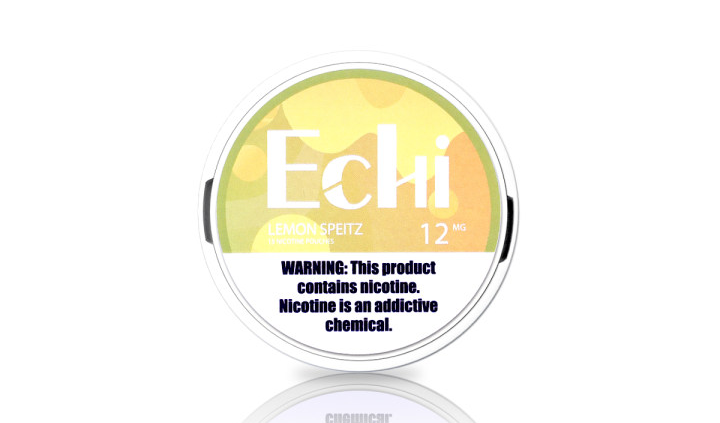
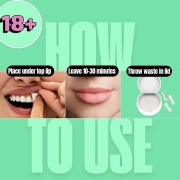
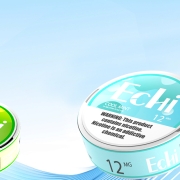
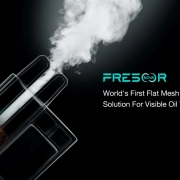



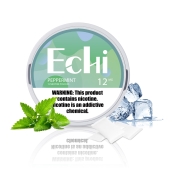



Leave a Reply
Want to join the discussion?Feel free to contribute!